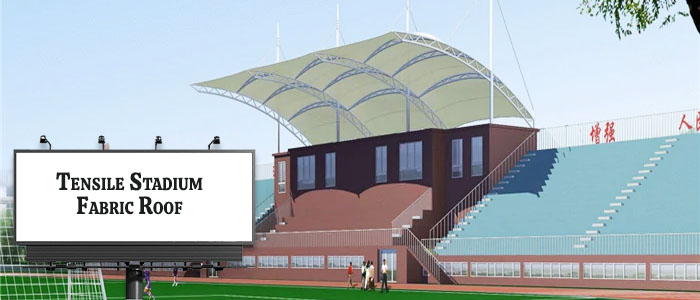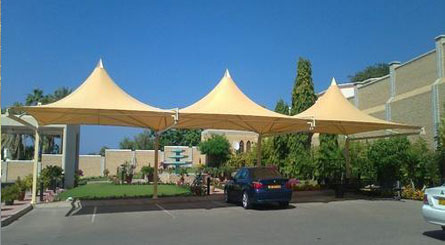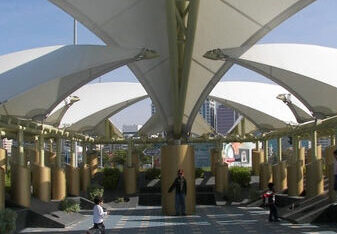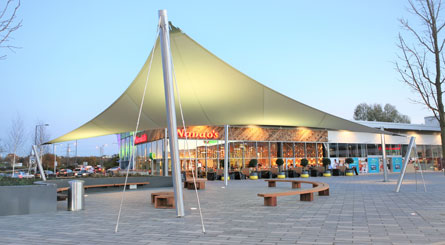5 Key Advantages of Using Tensile Lightweight Structures in Architecture
December 12, 2025 By admin

5 Key Advantages of Using Tensile Lightweight Structures in Architecture
Modern architectural design depends heavily on innovation because it enables the creation of structures that combine beautiful visual appeal with practicality and sustainability. Tensile Lightweight Structures represent a modern architectural innovation that has gained major popularity since their introduction several years ago. Tensile lightweight structures obtain their attractiveness in modern architectural designs by employing tensioned materials such as membranes and fabrics. The following entry evaluates five essential advantages that Tensile Lightweight Structures provide for upcoming projects.
1. Enhanced Aesthetic Appeal
The primary appealing characteristic of tensile lightweight structures lies in their power to generate visually captivating architectural designs. Architects can achieve uncommon shapes and curves in their designs because PTFE, PVC, and ETFE materials remain flexible as building materials. These architectural elements turn regular areas into remarkable structures through sweeping canopies together with dynamic roofs or artistic façades.
2. Cost-Effectiveness
Compared to standard construction approaches, Tensile lightweight structures present economic advantages because of their lightweight properties. Lightweight materials cut down the requirement for both foundational support structures and large installation machinery. Fabricated components reduce building schedule duration, which lowers the job costs. Such structures become suitable solutions for building projects with restricted budgets or demanding schedules.
3. Durability and Weather Resistance
The durability level of lightweight Structures exceeds expectations, considering how light they feel. High-quality tensile materials receive special designs to face severe climate situations that include heavy rainfalls and snow accumulation, and UV radiation exposure. These structures display adaptive capabilities that help them endure environmental pressures, which results in extended service life, making them dependable for lasting structure demands.
4. Sustainability and Energy Efficiency
Tensile Lightweight Structures function as an environmentally friendly solution because sustainability is currently an essential priority. The planned sustainability lies in both the reuse potential of construction elements and the lightweight nature of the structure that supports decreased environmental impact. Many tensile fabrics possess a translucent quality, which enables sunlight to pass through them, thus eliminating the necessity for artificial lighting and lowering energy usage.
5. Versatility in Design and Application
Multiple parties find Tensile Lightweight Structures beneficial due to their versatile uses across different application fields. Any project benefits from tensile lightweight structures adapted for stadiums along with airports, pavilions, and outdoor event spaces. Built with interchangeable components, the design system enables straightforward system expansion, which provides adaptable capabilities for future changes.
Conclusion
Tensile lightweight structures deliver multiple architectural advantages that present both affordability and sustainability with visual flexibility. Architects and designers who seek innovation will rely on these structures to define the future of contemporary architecture. Tensile Lightweight Structures serve as an ideal solution for architects who must build commercial or artistic structures by merging design and operational benefits in a compact package.






